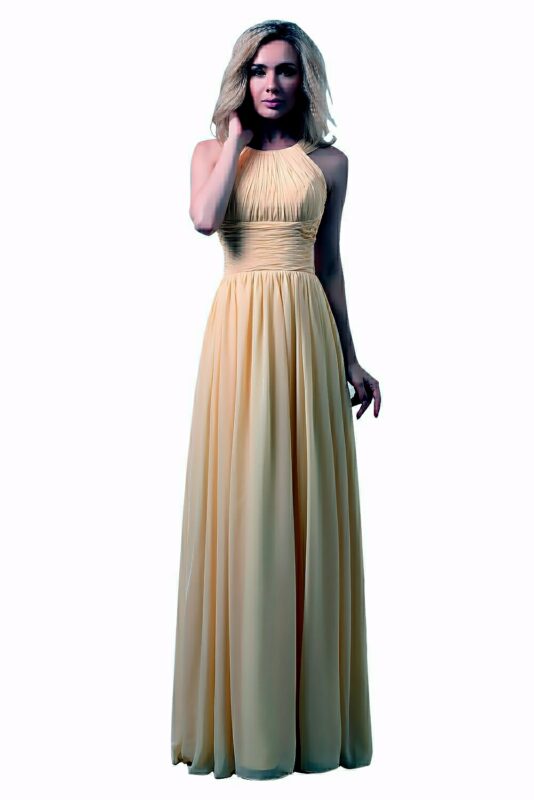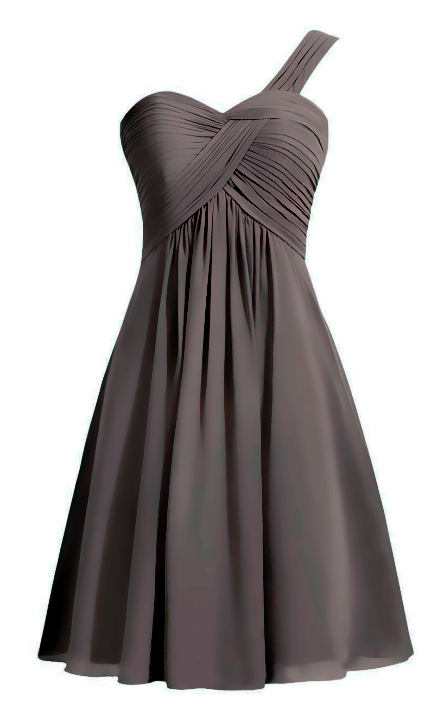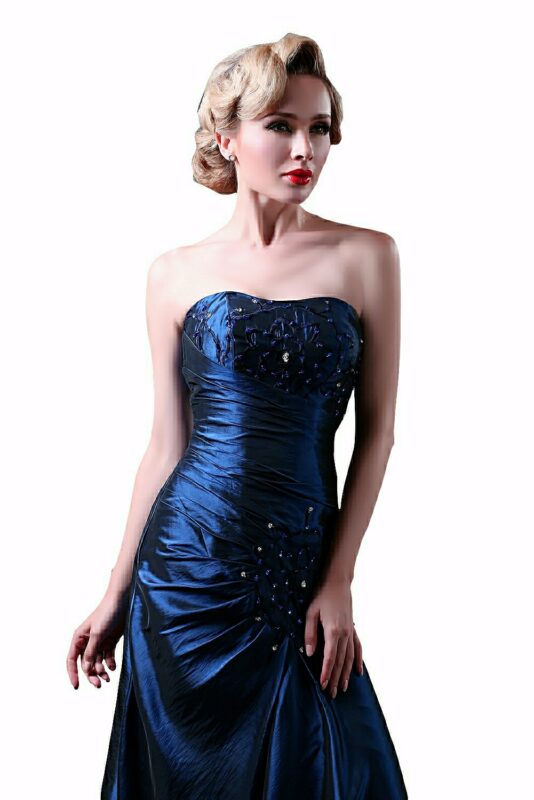A Cultural and Commercial Phenomenon
The industry’s meteoric growth reflects shifting consumer priorities. Post-pandemic, demand surged as individuals sought alternatives to traditional hair extensions, prioritizing versatility and scalp health. North America dominates a third of the global market, fueled by innovations in hyper-realistic lace fronts, hand-tied caps, and vibrant fashion-forward styles. Celebrities like Rihanna, Cardi B, and Kim Kardashian have normalized wig-wearing as both a protective styling choice and a red-carpet staple, while brands increasingly cater to diverse demographics: chemotherapy patients, alopecia sufferers, and fashion houses utilizing wigs to amplify runway presentations.

Black-owned enterprises have been pivotal in reshaping perceptions. Companies like Vivica A. Fox Hair and Karen Mitchell’s True Indian Hair emphasize empowerment through quality. “I wanted a space where women felt confident in their beauty,” explains Mitchell, whose 20-year-old brand serves clients like Mary J. Blige and Megan Thee Stallion. “Our wigs aren’t just products – they’re tools for self-reinvention.”
Craftsmanship Meets Consumer Demand
True Indian Hair’s meticulous process begins with importing raw Indian hair to Chinese factories, bypassing intermediaries to maintain quality control. Each strand is aligned cuticle-to-cuticle to prevent tangling, with every piece inspected post-production. “We reject anything that doesn’t meet our standards,” Mitchell notes. Priced up to $1,600, these wigs exemplify the industry’s shift toward longevity, with some lasting nearly a decade with proper care.
Affordability meets luxury through brands like UNice, which leverages direct-to-consumer models and bulk sourcing to offer premium human hair at accessible prices. “Our lace fronts and hand-tied caps rival salon-quality designs,” says UNice stylist Dayonna Worrell. “By eliminating retail markups, we democratize luxury.”
The Russian Hair Gold Standard
At the apex of exclusivity lies Russian hair, prized for its rarity and luminous hues. Unlike the reddish undertones of Asian-sourced hair, Russian strands boast natural golden blondes that “pop” under sunlight. Daniel Alain, the sole U.S. supplier of authentic Russian hair, capitalizes on this scarcity.
Counterfeit claims abound, with Hafid warning, “Any ‘Russian’ wig under $350 is likely synthetic or mislabeled.” His Newport Beach salon offers personalized consultations, transforming clients—often cancer survivors – with instant makeovers. “Hair loss devastates identity,” he says. “Restoring that is priceless.”
Philanthropy and Transparency
Beyond commerce, the industry increasingly prioritizes social impact. True Indian Hair’s annual “True Strength Glam Day” partners with breast cancer advocates to provide survivors with complimentary wigs, styling, and mentorship. Similarly, Daniel Alain’s factory documentaries highlight ethical sourcing and eco-friendly practices, appealing to conscientious consumers. “Transparency isn’t optional – it’s expected,” Hafid asserts.
Logistics Meet Localization
To streamline U.S. operations, Newtimes Hair recently launched a California branch, New Times Pacific (NTP), featuring a warehouse, showroom, and localized support. “Domestic shipping eliminates customs delays,” says GM Niki Mei. Salon owner Steve Cohen praises the shift: “No more language barriers or time-zone headaches. It’s a game-changer.”

The Future of Follicle Innovation
As technology advances, so does craftsmanship. From 3D-printed scalps for medical wigs to AI-driven color matching, the sector continues evolving. Yet its core mission remains unchanged: to empower wearers through artistry and authenticity. “When you look good, you feel unstoppable,” Mitchell concludes. “That’s the magic we sell.”
In an era where self-expression and ethics intertwine, the luxury wig industry isn’t just thriving – it’s redefining beauty itself.

